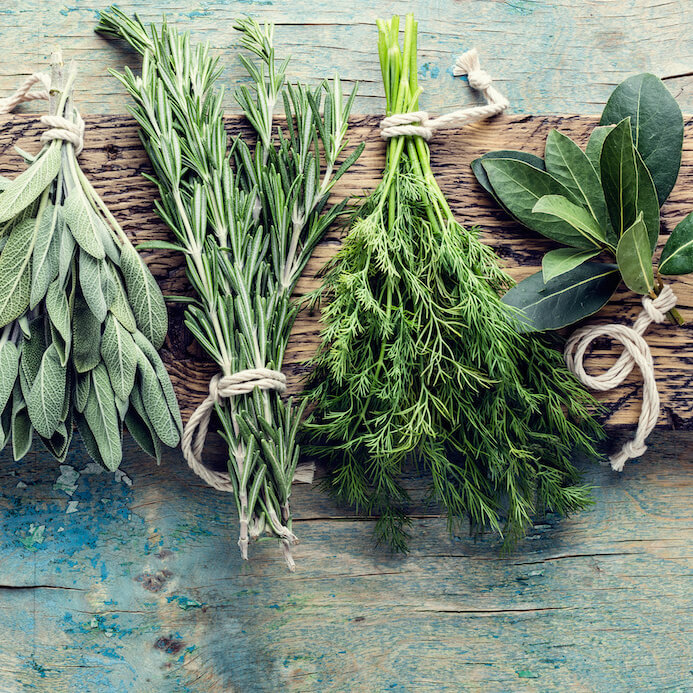Organic Insider
Must-Read
Study Links Pesticides in Water to Food Allergies
Just the other week, I wrote about a California farming community that MUST buy bottled water because the tap water is so polluted from pesticides and other contaminants.
Well, the news about the horrid quality of our drinking water continues.
Trying to figure out why food allergies have exploded over the past 20 years, a team of researchers published a study in the Annals of Allergy, Asthma and Immunology which said that there is a relationship between the use of a group of pesticides called dichlorophenols and food allergies.
TIME Magazine explained that the study’s participants who had high levels of dichlorophenols in their bodies were 80% more likely to have food sensitivity than those with lower levels, and the authors believe the exposure to the chemicals may be contributing to a hyper-sensitive immune system that recognizes even common food proteins as foreign.
